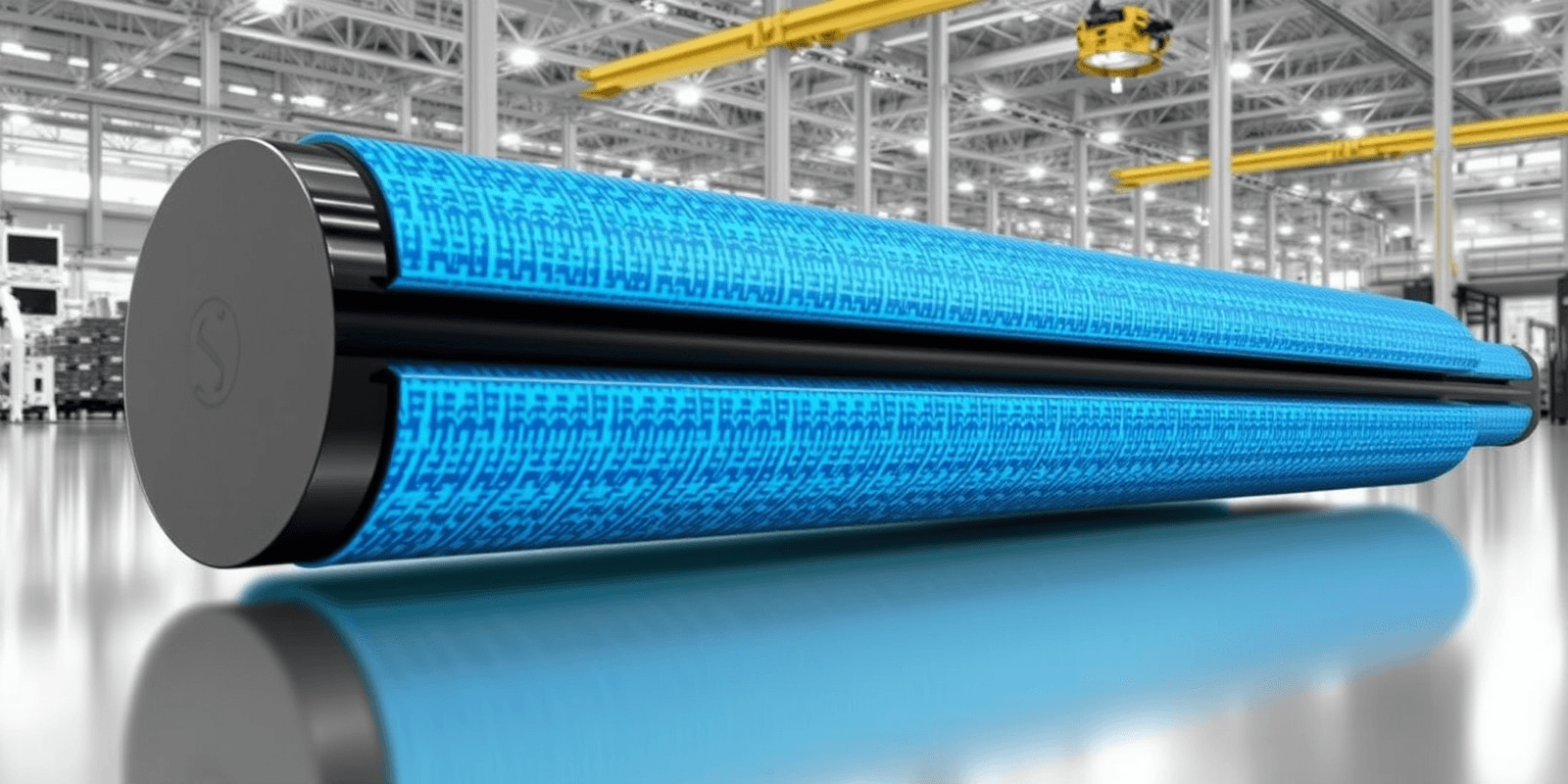Physical Address
304 North Cardinal St.
Dorchester Center, MA 02124
Physical Address
304 North Cardinal St.
Dorchester Center, MA 02124

Unveil how high-performance composite materials are transforming industries by providing superior performance, durability, and weight-saving benefits.
High-performance composite materials are revolutionizing various sectors by offering unique characteristics such as lightweight, strength, and corrosion resistance. As industries pursue innovation and efficiency, these advanced materials are becoming essential for enhancing performance and sustainability. This article explores the applications, benefits, and future of high-performance composite materials across diverse fields, including aerospace, automotive, and construction.
The quest for stronger, lighter, and more durable materials has led to the advent of high-performance composite materials. Traditionally composed of two or more different materials, composites provide superior properties compared to their individual components. With continuous advancements in technology, the production processes of high-performance composite materials have evolved, creating a ripple effect that influences various industries globally.
The aerospace sector has been one of the earliest adopters of high-performance composite materials. These materials contribute significantly to reducing aircraft weight, enhancing fuel efficiency, and improving overall performance. For instance, the Boeing 787 Dreamliner prominently features carbon-fiber-reinforced polymer composites, which constitute over 50% of its airframe. This integration minimizes fuel consumption and reduces greenhouse gas emissions, aligning with the industry’s sustainability goals.
High-performance composite materials are also transforming the automotive industry. As electric vehicles (EVs) gain traction, manufacturers are turning to lightweight materials to offset battery weight without compromising performance. Vehicles like the BMW i3 utilize composites, contributing to a 30% weight reduction compared to conventional materials. This innovation not only aids performance but also enhances the vehicle’s range, making EVs more attractive to consumers.
In construction, high-performance composite materials are being used to reinforce structures, enhance durability, and reduce maintenance costs. Glass fiber-reinforced polymers (GFRP) have emerged as a viable alternative to steel in reinforcing concrete structures. Notably, the Delaware Memorial Bridge underwent a successful retrofit using composite materials, significantly extending its service life and reducing maintenance needs.
High-performance composites have found their way into sports equipment manufacturing, where weight and performance are critical. Brands like Wilson and Head use composite materials in tennis rackets and skis, enhancing performance and user experience. A notable example is the use of carbon composites in Formula 1 cars, where weight reduction impacts speed and handling.
We spoke with Dr. Sarah Thompson, a materials scientist and researcher at the National Institute of Aerospace, who highlighted the growing importance of high-performance composites: “As industries seek to innovate, the integration of composite materials is becoming non-negotiable. They offer unmatched performance characteristics, allowing engineers to tackle challenges that traditional materials cannot.”
According to Professor Michael Adams, a leading expert in composite materials at MIT, the next frontier lies in the development of bio-based composites. “Sustainability is not just a trend; it’s the future of materials development. By harnessing renewable resources, we can create composites that not only perform exceptionally but also minimize environmental impact,” he explained, emphasizing the role of high-performance composites in addressing global sustainability challenges.
As the demand for high-performance composite materials continues to grow, market predictions indicate that the global composite materials market could reach USD 170 billion by 2027 (source: MarketWatch). Factors driving this growth include the expansion of the aerospace and automotive industries and increasing adoption in emerging sectors such as wind energy and marine applications.
Moreover, advancements in manufacturing technologies, such as 3D printing and automated fiber placement, are expected to reduce production costs, making high-performance composites more accessible to various industries. This democratization of technology could lead to innovations that we cannot yet foresee, and industries are encouraged to invest in research and development to stay competitive.
High-performance composite materials are undoubtedly transforming industries by enabling new levels of performance, efficiency, and sustainability. As we look to the future, the potential for these materials seems boundless. Continued innovation will not only redefine existing applications but also open new avenues for growth across sectors. The horizon for high-performance composite materials is bright, with sustainability at its core, shaping a future where industries can thrive while being environmentally responsible.